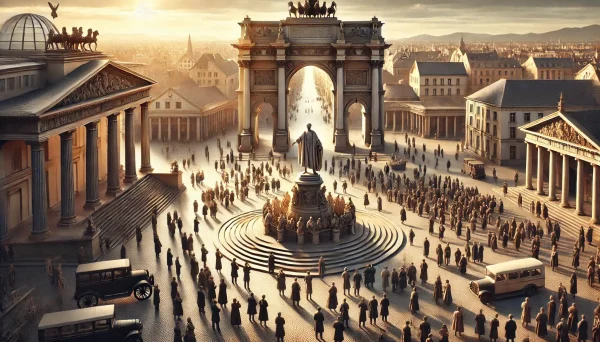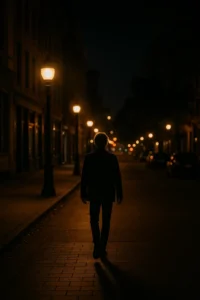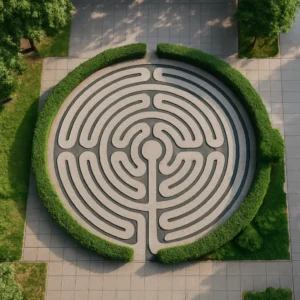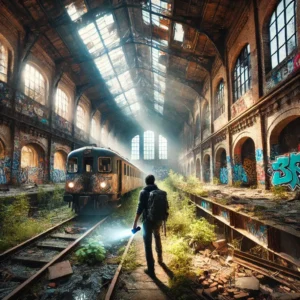Historic squares and monuments are more than just open spaces or sculpted stone—they are powerful symbols of collective memory, national identity, and civic life. Across the world, these places have hosted revolutions, celebrations, protests, and everyday gatherings. They serve as focal points for storytelling, honoring heroes, commemorating tragedies, and reflecting the values of the societies that built them. Whether grand or intimate, every square and monument carries layers of meaning woven into its design, location, and legacy.
Squares as Public Stages
City squares have always been central to public life. In Ancient Greece, the agora was a marketplace and a space for political debate. In medieval Europe, town squares were places for announcements, festivals, and trade. Today, these spaces continue to serve as urban living rooms—where cultures express themselves and communities gather. Their layouts are often carefully planned to frame important buildings like cathedrals, palaces, or town halls, reinforcing a city’s history and power.
Monuments as Collective Memory
Monuments are physical representations of what a society chooses to remember—or sometimes, what it tries to forget. Statues of historical figures, war memorials, and symbolic sculptures serve to preserve specific narratives. They often reflect the dominant power structures of the time they were built. For instance, triumphal arches like Paris’ Arc de Triomphe or Rome’s Arch of Constantine celebrate military victories, asserting national pride and strength.
Symbolism in Design and Materials
The materials and forms used in monuments are rich with symbolism. Marble evokes permanence and purity, bronze suggests strength and endurance. Obelisks point to the heavens, representing eternal memory. Circular plazas, such as Moscow’s Red Square or Beijing’s Tiananmen Square, imply unity and wholeness. Statues are often posed in deliberate ways—raising a sword, pointing to the future, or standing atop a pedestal—to convey authority, vision, or sacrifice.
Sites of Protest and Change
Many historic squares have become famous not for their architecture, but for the movements that unfolded there. Tahrir Square in Cairo was the epicenter of Egypt’s 2011 revolution. Wenceslas Square in Prague saw the Velvet Revolution take form. The symbolism of gathering in public space becomes an act of reclaiming civic power. Even monuments have been contested—torn down, defaced, or reinterpreted as societal values shift over time.
Pilgrimage, Pride, and Performance
Some squares are sites of religious pilgrimage or national ceremonies. St. Peter’s Square in Vatican City welcomes millions of Catholics each year. Times Square in New York, though secular, hosts symbolic events like the New Year’s Eve ball drop—a modern ritual of collective hope. These locations become stages where identity is performed and reaffirmed, whether spiritual, political, or cultural.
Controversy and Reinterpretation
In recent years, public debate around monuments has intensified. Statues of colonial figures, Confederate leaders, or controversial politicians have been challenged or removed. This reflects a society reexamining its history and deciding what deserves to be honored in stone. New monuments are also being created to honor marginalized voices and forgotten histories, shifting the narrative and expanding the symbolism of public spaces.
The Emotional Power of Place
Standing in a historic square or before a monument often evokes emotion—pride, reverence, grief, or even discomfort. These feelings are tied to the stories the space represents. The Vietnam Veterans Memorial in Washington, D.C., with its reflective black wall, creates a somber, intimate experience. In contrast, the exuberance of Piazza San Marco in Venice invites awe and admiration. Each site creates a dialogue between the past and present.
Conclusion: Stones That Speak
Historic squares and monuments are not silent—they speak volumes about who we were, who we are, and who we aspire to be. Their symbolism shapes collective identity and provides a physical space for reflection, unity, and even dissent. As cities evolve, so too does the meaning of these places. Preserving them with critical awareness allows us to honor the past while making space for a more inclusive future.







